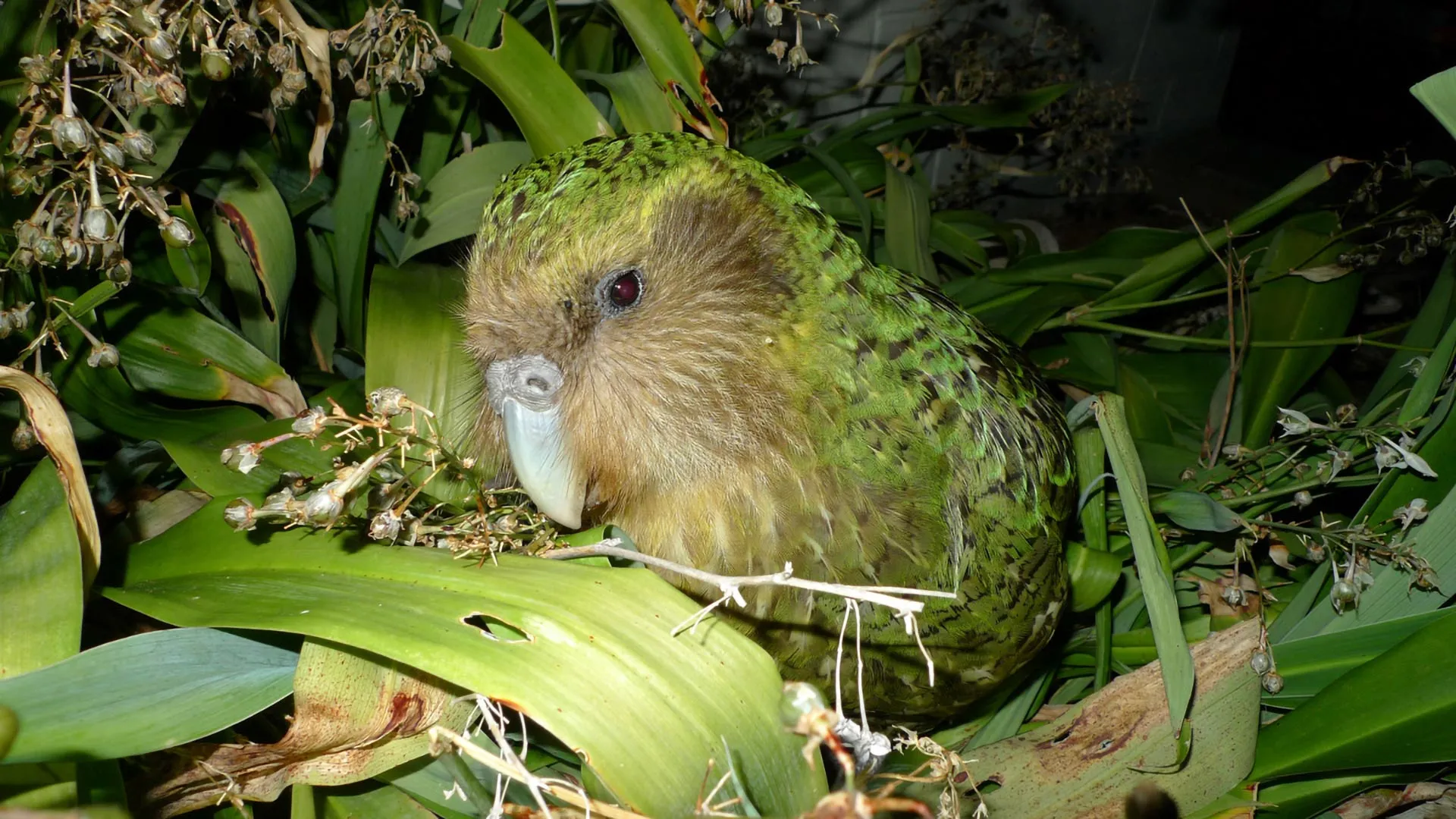Ancient bird droppings reveal a hidden extinction crisis
Parasites that once thrived alongside New Zealand’s kākāpō have largely vanished, raising alarms about unnoticed ecological losses.
- Date:
- August 4, 2025
- Source:
- University of Adelaide
- Summary:
- An intriguing new study reveals that over 80% of parasites found in the ancient poo of New Zealand’s endangered kākāpō have vanished, even though the bird itself is still hanging on. Researchers discovered this dramatic parasite decline by analyzing droppings dating back 1,500 years, uncovering an unexpected wave of coextinctions that occurred long before recent conservation efforts began. These hidden losses suggest that as we fight to save charismatic species, we may be silently erasing whole communities of organisms that play crucial, yet misunderstood, ecological roles.
- Share:

Researchers from the University of Adelaide, New Zealand's Manaaki Whenua-Landcare Research and University of Auckland have discovered that more than 80 per cent of parasites detected in kākāpō poo prior to the 1990s are no longer present in contemporary populations.
The project used ancient DNA and microscopic techniques to sample faeces dating back more than 1500 years, with nine of 16 original parasite taxa disappearing prior to the 1990s, when the endangered parrot came under full-population management, and an additional four recorded as lost in the period since.
"Despite their sometimes negative portrayal, parasites are increasingly appreciated for their ecological importance," says the University of Adelaide's Dr Jamie Wood, who contributed to the study published in Current Biology.
"Parasites are among the planet's most ubiquitous, successful, and species-rich groups of organisms, and nearly all free-living species harbor some parasites. They may help with immune system development and compete to exclude foreign parasites that may be more harmful to their hosts."
"However, the dependence of parasites on living hosts may make them susceptible to extinction, especially as many parasites live with just one host species."
An extinction of a parasite that occurs in tandem with its host is known as a secondary extinction or a coextinction, and it often happens at a faster rate than for the host animal.
"Predictive models indicate that parasites may go extinct before their hosts during the coextinction process as opportunities to transmit between host individuals diminish," says Dr Wood.
"As a result, faunal declines may have a lasting impact on parasite communities, even if host populations eventually recover.
"Dependent species, like parasites, are rarely preserved or documented prior to their extinction, and so until now we have had few data to indicate the actual scale of the coextinction process.
"Our new research indicates that parasite extinctions may be far more prevalent than previous estimates suggest, with unknown impacts on their hosts and their ecosystems."
Lead author Alexander Boast, from Manaaki Whenua-Landcare Research, was surprised at the degree of parasite loss.
"The level of parasite loss in kākāpō was greater than we had expected, and very few parasite species were found in both ancient and modern kākāpō populations. Thus, it seems that endangered species everywhere may possess fractions of their original parasite communities," he says.
As we reckon with the impacts of biodiversity loss, Dr Wood says due attention should also be given to parasitic life.
"Global rates of climate change, ecosystem modification, and biodiversity decline continue to rise, which means there is an increasingly urgent need to recognize and understand the downstream impacts on dependent species, such as parasites, mutualists, or predators," he says.
"Documenting parasite extinction, how quickly it can unfold, and estimating the number of presently threatened parasites are key first steps toward a "global parasite conservation plan" and supporting informed predictions for past, present, and future parasite losses."
Story Source:
Materials provided by University of Adelaide. Note: Content may be edited for style and length.
Journal Reference:
- Alexander P. Boast, Jamie R. Wood, Nicola Bolstridge, George L.W. Perry, Janet M. Wilmshurst. Long-term parasite decline associated with near extinction and conservation of the critically endangered kākāpō parrot. Current Biology, 2025; DOI: 10.1016/j.cub.2025.07.009
Cite This Page: